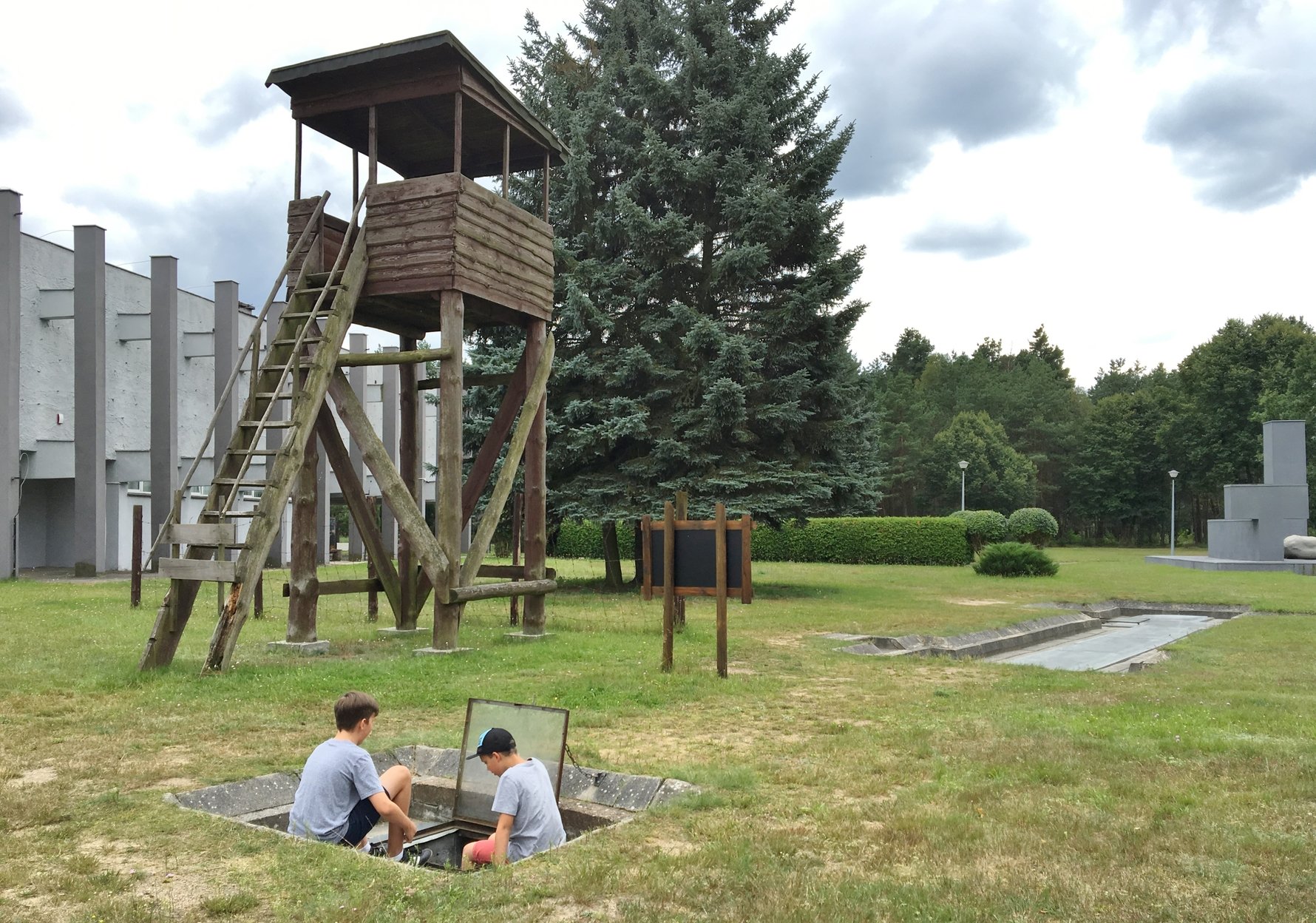
The 'Great Escape'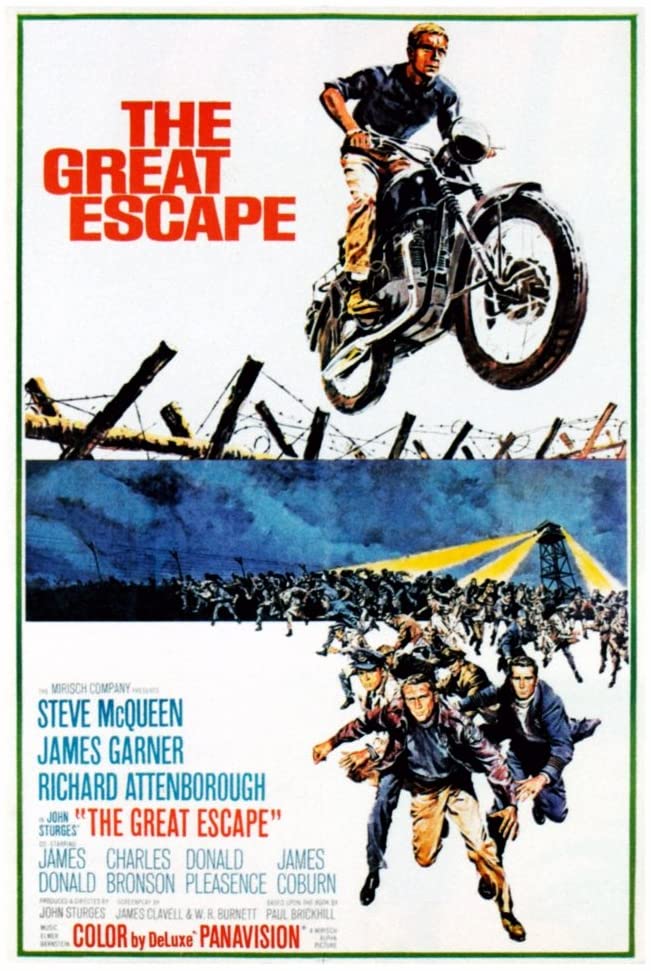
For anyone who isn't already aware of the most famous story associated with this site, one of the largest escapes of WWII was attempted from Stalag Luft III in March of 1944. The operation was led by RAF Squadron Leader Roger Bushell and involved the participation of over 600 POWs, and the digging of three parallel tunnels over many months. The longest of these - the 'Harry' tunnel - was nine metres underground and about 110 metres long. On the night of March 24/25th, 1944, 76 imprisoned Allied pilots (of a planned 200) were able to escape through the 'Harry' tunnel. Although glorified in the Hollywood film 'The Great Escape,' starring Steve McQueen on a motorbike (of course), the famous operation wasn't actually much of a success and ended with all but three of the men recaptured and 50 of them executed. For more information about the actual escape and film, read our feature dedicated to 'The Great Escape'.Visiting the Museum
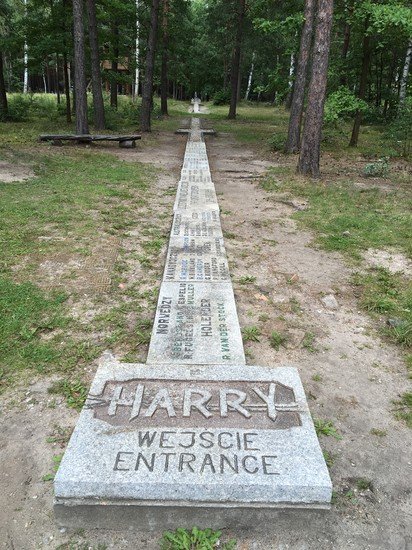
Outside again, make sure to see the recreation of the ‘Harry’ Tunnel (the one used during the 'Great Escape'), completed by young engineering students and sponsored by the EU. In touching tribute, the names of each man who escaped through the tunnel is engraved on this recreation (see photos here), and it ably demonstrates the scale of just how far they dug and crawled to try and reach freedom.
The two prominent memorials in front of the museum building will bring a sober reminder of the true purpose and symbolism of the camp. The first is a small memorial to the “Long March” in which the surviving prisoners were brutally forced to march through the snow west into Germany to evade the Russian advance. The second is a huge and heart-breaking sculpture of an emaciated starvation victim curled in the foetal position having succumbed to the deprivations of life in the Żagań camps, reminding visitors that this is tragic memorial site, not a celebration of Allied ingenuity, and there weren't happy endings for most of those interred here.
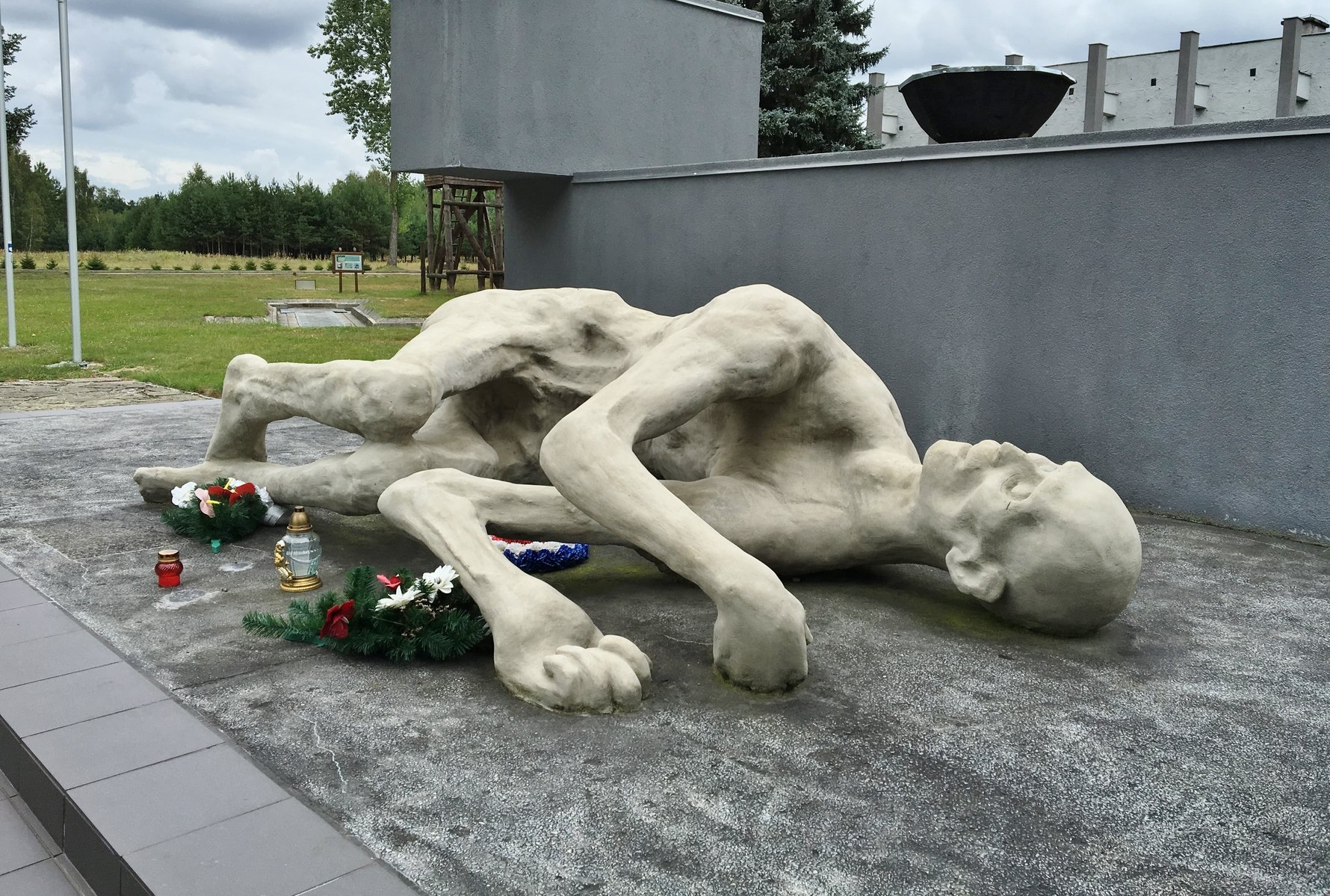
Getting There
Although situated only a few kilometres outside of the centre of town to the south-west, the lack of signs can make finding the museum and former site of the camp a little bit of a challenge. If you have your own vehicle, follow road 296 towards Iłowa and you’ll find the museum and the remains of the camp on your left about 4km outside the centre of Żagań.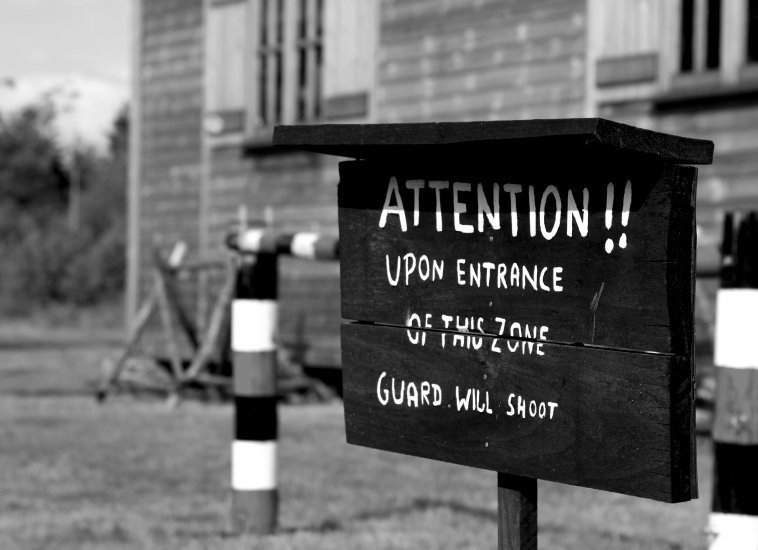
If you've arrived in Żagań by train or bus, these transport stations (in the same location) are remarkably close to the former POW camp (hmm, wonder why that would be?). In fact, if you're able to cross over the train tracks to ul. Towarowa at the station, it's just a 10min walk to the 'Harry' Tunnel and 30mins to the ticket office of the museum on foot across the former territory of the camp.
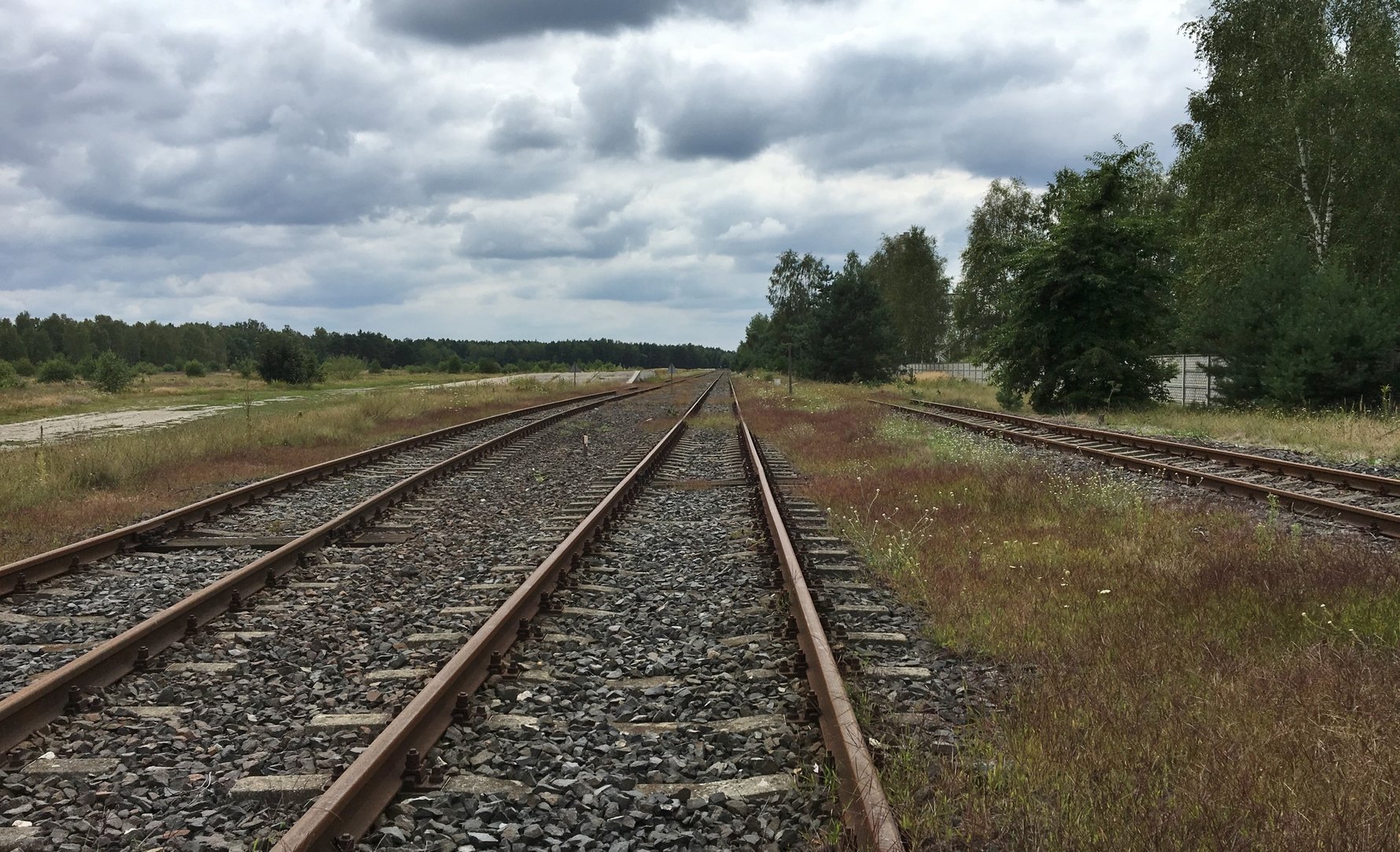
Alternatively, you can take a local Fenix bus from the stop in front of the station in the direction of Iłowa or Gozdnica and get off at 'Betoniarnia Tanden'; this puts you 300 metres from the museum. If a bus headed for 'Wesoła' arrives instead, that also works; get off at 'Staszica' and you're about the same distance. Bus tickets cost 2zł.


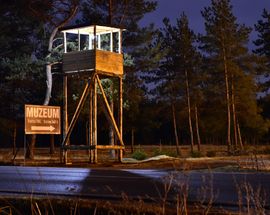
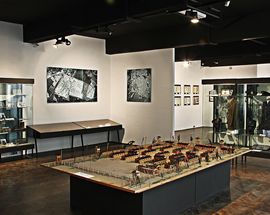
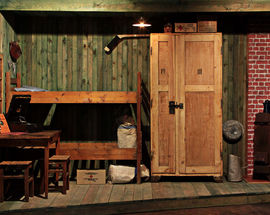
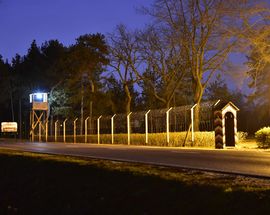
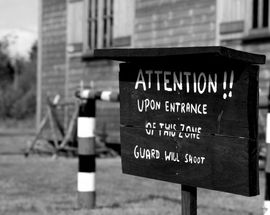
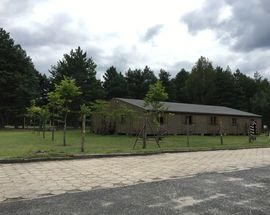
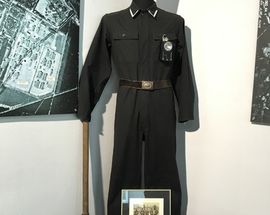
_m.jpg)
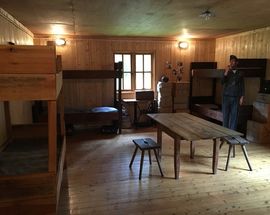
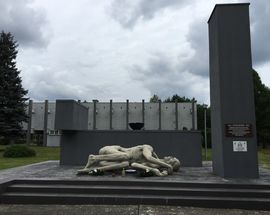
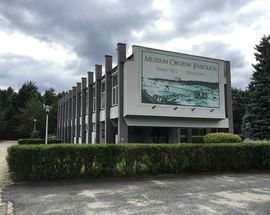
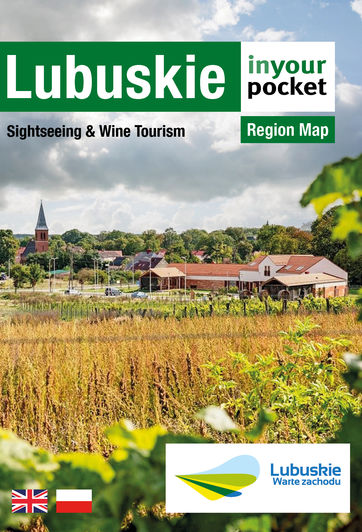
Comments